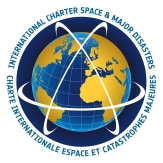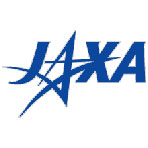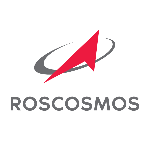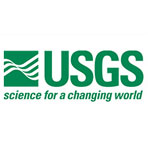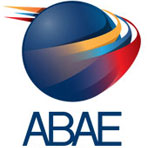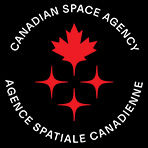Membership History
Following the UNISPACE III conference held in Vienna, Austria in July 1999, the European and French space agencies (ESA and CNES) initiated the International Charter "Space and Major Disasters", with the Canadian Space Agency (CSA) signing the Charter on 20 October 2000.
The following agencies subsequently joined the Charter as members:
-
September 2001
National Oceanic and Atmospheric Administration (NOAA) and Indian Space Research Organization (ISRO)
-
July 2003
Argentine Space Agency (CONAE)
-
2005
United States Geological Survey (USGS) as part of the U.S. team
-
February 2005
Japan Aerospace Exploration Agency (JAXA)
-
November 2005
UK Space Agency (Originally joined in 2005 as BNSC and DMC)
-
May 2007
China National Space Administration (CNSA)
-
October 2010
German Aerospace Center (DLR)
-
July 2011
Korea Aerospace Research Institute (KARI)
-
November 2011
National Institute For Space Research - Brazilian Institute (INPE)
-
July 2012
European Organisation for the Exploitation of Meteorological Satellites (EUMETSAT)
-
May 2013
Russian Federal Space Agency (ROSCOSMOS)
-
April 2016
Agencia Bolivariana para Actividades Espaciales (ABAE)
-
April 2018
United Arab Emirates Space Agency (UAESA)
The International Charter aims at providing a unified system of space data acquisition and delivery to those affected by natural or man-made disasters through Authorized Users. Each member agency has committed resources to support the provisions of the Charter and thus is helping to mitigate the effects of disasters on human life and property.
The International Charter was declared formally operational on 01 November 2000.
How the Charter Works
Learn about how to activate the Charter and how an activation is then processed by our international teams following approval.
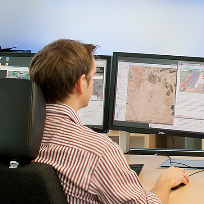
How to become a user
Learn about how to participate in the Charter as an Authorised User through the principle of Universal Access, granting national disaster management authorities the ability to submit a request for activation.

 English
English Spanish
Spanish French
French Chinese
Chinese Russian
Russian Portuguese
Portuguese
